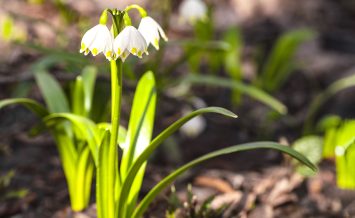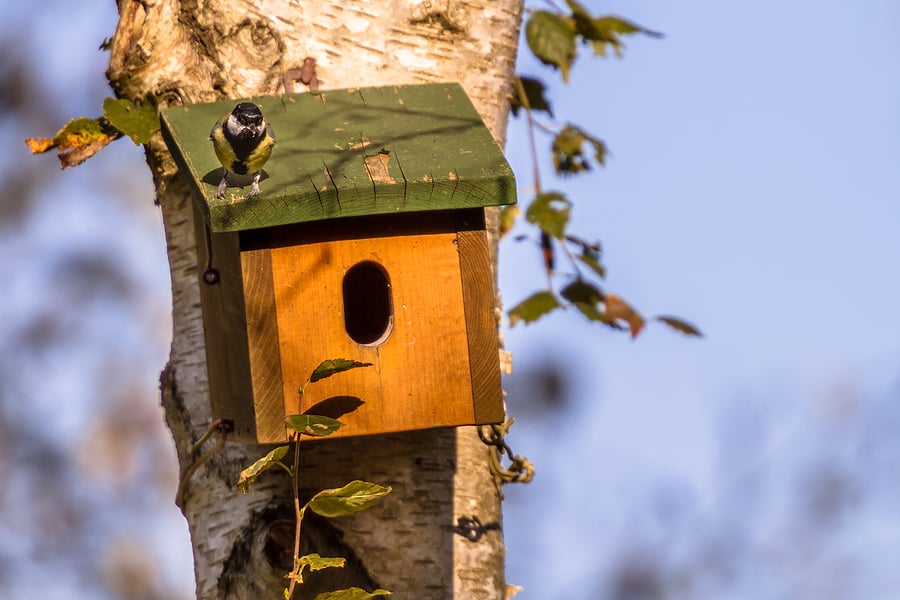Nesting made easy: Top tips for setting up your nesting box
Nesting boxes provide essential shelter and breeding spaces for birds, helping to support their populations and contribute to biodiversity.
Whether you’re a seasoned bird enthusiast or a newcomer to avian care, setting up a nest box can be a rewarding experience.
Here are some top tips to ensure your nesting box provides a cosy and safe haven for our feathered friends.
Location, Location, Location
Choose the right spot for your nest box. It should be placed away from direct sunlight and prevailing winds, ideally facing northeast to southeast to avoid overheating and excessive exposure to harsh weather conditions. Additionally, ensure there are no nearby predators like cats that could threaten nesting birds.
Height matters
Install your nest box at an appropriate height. Different bird species have different preferences, but as a general rule, aim for a height of at least 5 to 15 feet above the ground. This height provides safety from predators while still being accessible for cleaning and monitoring.
Keep it clean
Maintain good hygiene by regularly cleaning out old nesting materials and debris. After each breeding season, remove old nests to prevent the buildup of parasites and diseases. A clean nest box is essential for the health and well-being of nesting birds and their offspring.

Size and shape
Ensure your nest box is the right size and shape for the target bird species. Different birds have different preferences when it comes to entrance hole size and interior dimensions. Research the specific requirements of the birds you hope to attract and choose a nest box accordingly.
Ventilation and drainage
Provide adequate ventilation and drainage in your nest box to prevent the accumulation of moisture, which can lead to mold and mildew growth. Drill small drainage holes in the bottom of the box and include ventilation slots or gaps beneath the roof overhang.
Avoid human disturbance
Minimise human disturbance around the nest box, especially during the breeding season. Loud noises and frequent visits can stress nesting birds and may even cause them to abandon their nests. Observe from a distance and resist the urge to check on the nest too frequently.
Monitoring and enjoyment
Finally, take the time to monitor your nest box regularly. Use binoculars to observe nesting activity from a distance without causing disturbance. Watching birds raise their young can be a fascinating and rewarding experience, so sit back, relax, and enjoy the show!
Setting up a nest box is a simple yet impactful way to support bird conservation efforts and enjoy the beauty of nature in your own garden. By following these top tips, you can create a welcoming and safe environment for nesting birds and play a vital role in preserving their populations for future generations to enjoy. Happy birdwatching!



















